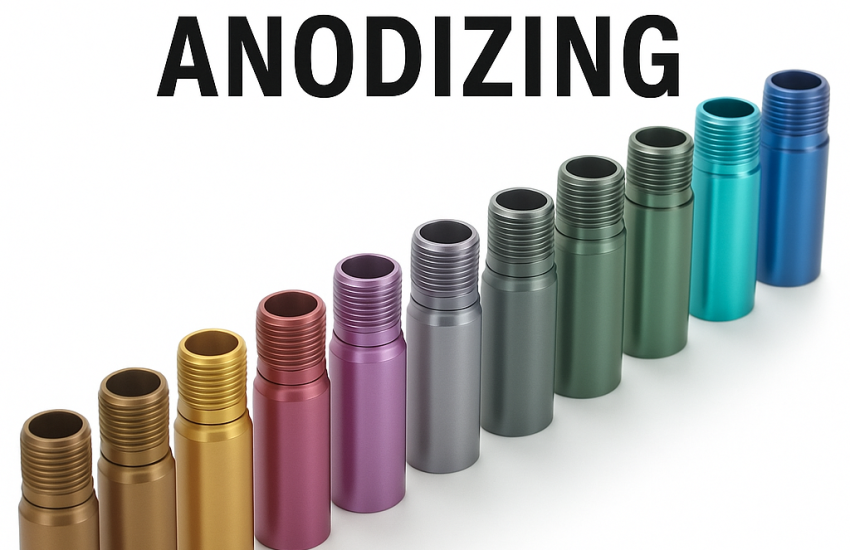Anodizing, particularly on aluminum and titanium alloys (commonly used in prosthetics), serves several important purposes:
- Biocompatibility enhancement
- Corrosion resistance
- Improved wear properties
- Controlled surface roughness for osseointegration (if it’s an implantable component)
- Color coding (e.g., for modular components)
Key Modulations in Anodizing for Prosthetics
1. Material-Specific Anodizing (Titanium vs Aluminum)
- Titanium anodizing is common for implants. It creates an oxide layer whose color varies based on voltage (not dyes), allowing for non-pigment-based identification.
- Aluminum anodizing, typically Type II or Type III (hard anodizing), is used for non-implant structural parts. For prosthetics, it must be carefully controlled to prevent brittleness.
2. Electrolyte Selection
- Use biocompatible electrolytes (e.g., phosphoric or sulfuric acid for titanium, but with tighter purity standards).
- Avoid chlorides, copper, or heavy metal contaminants that can cause cytotoxicity.
3. Surface Finish Pre-Anodizing
- Pre-treatment (etching or polishing) must be non-contaminating and uniform, since uneven surface texture can affect fit, aesthetics, and biocompatibility.
- Grit blasting or ultrasonic cleaning with medical-grade standards is often used.
4. Controlled Oxide Thickness
- Implantable parts: thin oxide (~100 nm–500 nm) for tissue integration and fatigue strength.
- External prosthetic components: thicker anodizing (>10 µm) may be used for durability and wear resistance, but should avoid excessive layer buildup that alters tolerances.
5. Coloring Considerations
- Use interference coloring (in titanium) for safety—dyes can leach or degrade over time.
- For external components, organic dyes can be used cautiously, but they must be certified non-toxic and UV-stable.
6. Sterilization Compatibility
- Anodized layers must be stable under autoclave, gamma irradiation, or ethylene oxide sterilization methods.
7. Post-Anodizing Sealing
- Often skipped in titanium anodizing (for implants) to maintain oxide surface activity.
- Required in aluminum anodizing to close pores and prevent corrosion or dye leaching.
Special Challenges in Prosthetic Applications
- Fatigue strength can be reduced by thick anodic layers—important in load-bearing components.
- Anodizing can slightly change dimensional tolerances, which is critical in modular or precision-fitted parts.
- Regulatory compliance (ISO 10993, ASTM F86, etc.) demands traceable and validated processes.
Conclusion
Prosthetic anodizing isn’t just about aesthetics or corrosion resistance—it must serve medical, mechanical, and material science goals. Therefore, the anodizing process must be cleaner, more controlled, and highly customized compared to conventional industrial anodizing. Every parameter—from voltage and bath chemistry to pre-treatment and final inspection—needs to be aligned with biomedical-grade standards.
Frequently Asked Questions
You can contact us directly by emailing enquiries@growel.com. Our team will be happy to assist you with your specific requirements, technical questions, or service inquiries.
Please visit our Anodizing Solutions page. Scroll to the bottom of the page — you’ll find a simple inquiry form there. Kindly fill it out, and our team will contact you shortly to assist with your requirements.
Yes! For any website-related issues or technical support, please reach out to webmaster@growel.com. We’ll ensure your query is resolved promptly.



